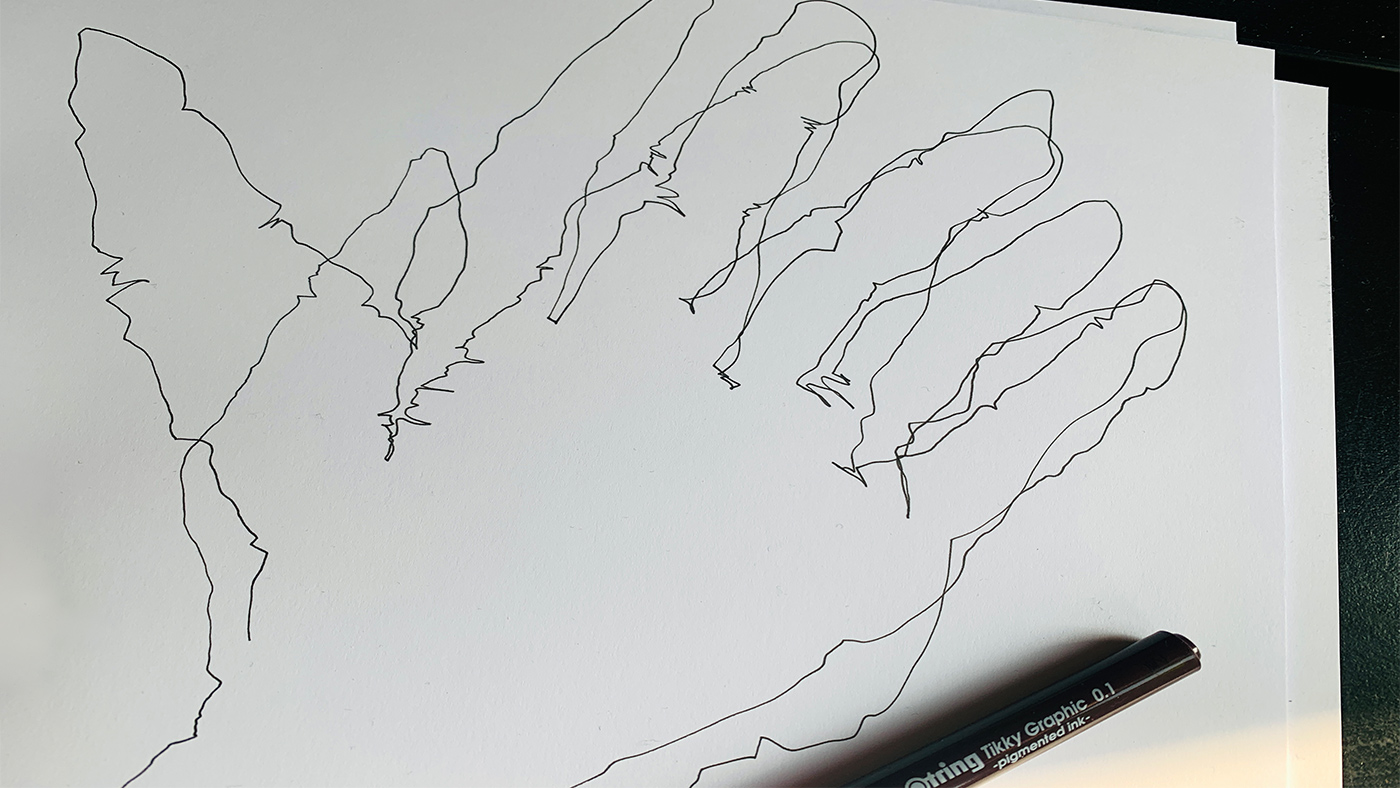An easy way to learn sketching
Summery
It requires courage to draw
Sketch and Draw is a method to learn sketching by following the rules of drawing used by famous artists like Rembrandt van Rijn and Honoré Daumier. It helps people to create better drawings.
What can we learn from classical artists?
Study classic masterpieces to learn how to use lines, hatching, stippling, shading, and the elements of design to create dynamic compositions and evoke emotion.
Classical artists like Rembrandt and Daumier used their lines to create beautiful drawings with a variety of effects. They achieved their effects by understanding the fundamentals of drawing and applying them accurately. They also had an instinctive feeling for form, light, and shadow. By studying their works, we can learn how to use lines to create dynamic compositions, focus on important details, emphasize certain shapes, and evoke emotion through our sketches. We can also learn important techniques such as hatching, crosshatching, stippling, and various shading techniques. Furthermore, by studying classic masterpieces, we can gain insight into how to use the elements of design such as balance, unity, emphasis, contrast, rhythm, and harmony in our sketches.
How can Sketch&Draw improve sketching?
Sketch&Draw helps improve sketching by teaching the basics & focusing on light & shadows. Ideal for beginners & those refining skills.
Sketch&Draw can improve sketching by helping to build a foundation of understanding of the basics of sketching and drawing. This method focuses on the basic elements of sketching such as line quality, composition, perspective and the use of shapes. It also focuses on developing an understanding of how light and shadow can be used to create a more realistic rendering. Through the use of these fundamental principles, Sketch&Draw can help to improve a person’s ability to create more dynamic sketches with greater detail and accuracy. Additionally, by breaking down the process into simpler steps and focusing on smaller elements, it can help to build confidence in sketching and drawing. This method is ideal for beginners as well as those who are looking to refine their existing skills.
What are Sketch&Draw’s visual rules?
Sketch&Draw’s visual rules are based on Gestalt psychology principles, such as proximity and similarity, to ensure accuracy and aesthetics. Features like color, texture, size, and shape help create expressive visuals.
Sketch&Draw’s visual rules are a set of principles and guidelines for creating visual representations of facts. These rules help to ensure that the visual representation is accurate, expressive, and aesthetically pleasing. The rules are based on the principles of Gestalt psychology, which emphasize the importance of perceiving objects as a whole rather than as individual elements. Specifically, Sketch&Draw’s visual rules include principles such as proximity, similarity, continuity, closure, and figure/ground. Additionally, the software offers a range of features to help users create expressive visuals such as color, texture, size, shape, line thickness, and type.
What is different about Sketch&Draw’s sketching method?
Sketch&Draw’s intuitive drawing rules and extensive library of shapes & symbols make it easy to quickly create visual representations without any prior knowledge.
Sketch&Draw’s sketching method is based on a few simple and intuitive drawing rules, which makes it easier for users to quickly grasp the concepts of sketching and understand how to create visual representations of facts. The rules are designed to be simple and easy to follow, allowing users to quickly create sketches without having any prior knowledge or experience in visual communication. Sketch&Draw also offers an extensive library of shapes and symbols, as well as tools for quickly creating diagrams and charts. These features allow users to create complex visual representations with ease.
How to improve sketching with classical artists?
Improve sketching with classical artists by understanding gesture drawing, perspective, light, and shadow, and developing good sketching habits. Practice regularly in life.
Improving sketching with classical artists requires dedicated practice and the mastery of a few fundamental principles.
Firstly, it is important to understand the concept of gesture drawing. This involves capturing the essence of your subject in a few simple lines, rather than focusing on detailed accuracy. Mastering this skill will help you quickly develop a good understanding of the form and movement of your subject.
It is also important to understand how to use perspective to create depth and realism in your sketches. By using various techniques such as one-point, two-point, and three-point perspectives, you can create a realistic sense of space in your drawings.
Furthermore, it is essential that you learn how to use light and shadow effectively. This involves understanding the principles of chiaroscuro (light and dark) and learning how to apply it to your sketches in order to create a sense of volume and form.
Finally, you should also focus on developing good sketching habits. This includes being conscious of the size, shape and placement of your lines, as well as practicing good posture when sketching (e.g., sitting up straight). Additionally, it is important to take some time each day to practice sketching from life rather than relying solely on reference images or photographs.
By dedicating yourself to mastering these techniques and principles, you will be well on your way to creating beautiful sketches like those of classical artists.

